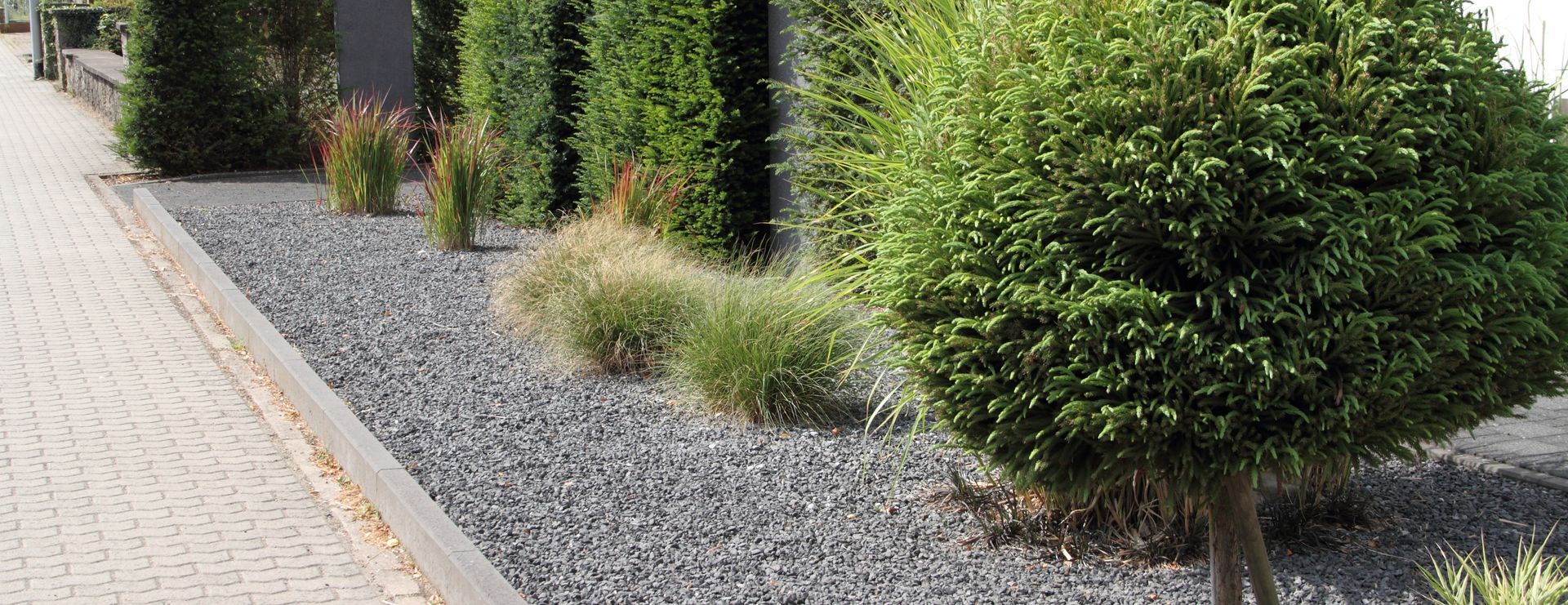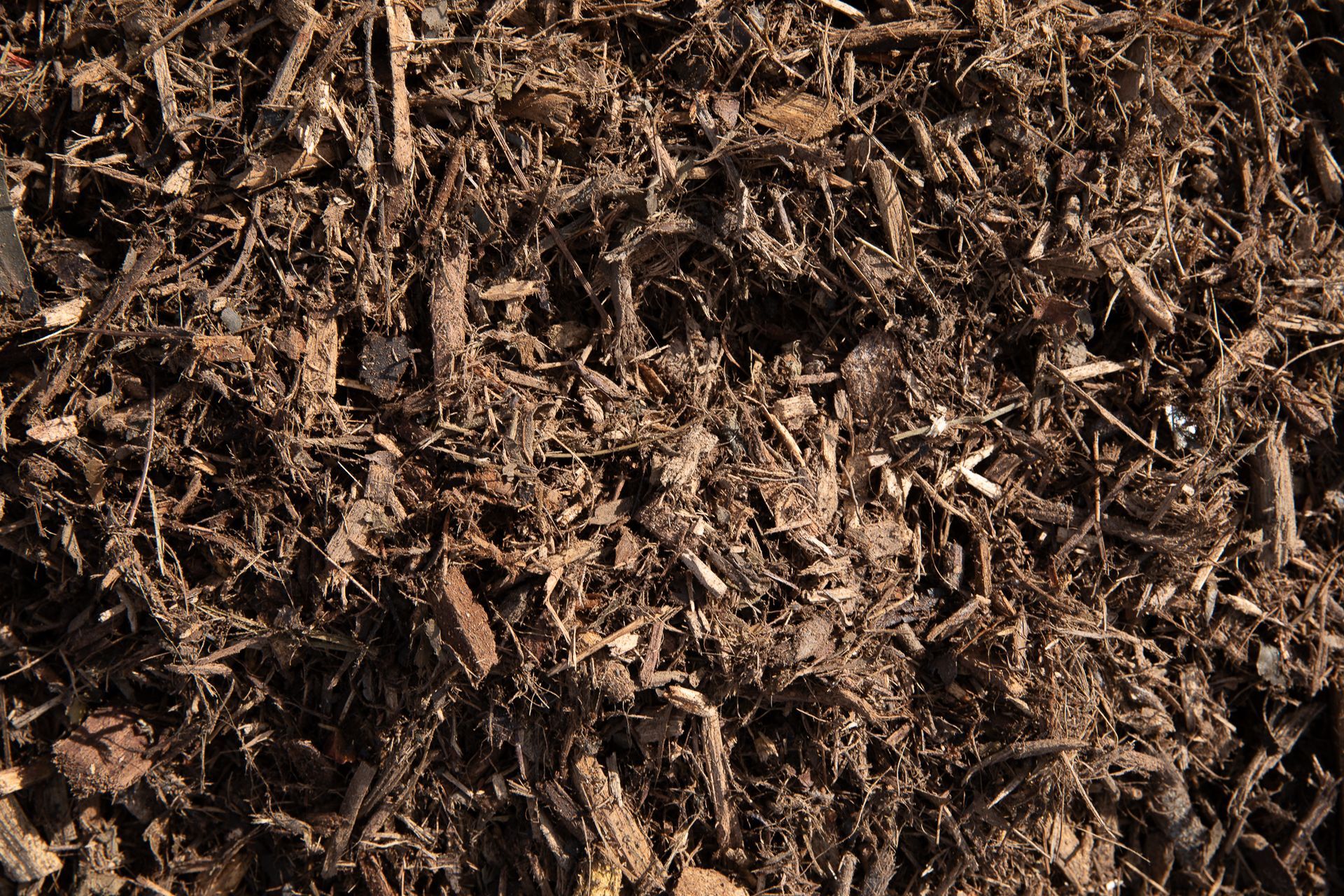What Does The Science Say About Wood Chips And Their Eco-Friendliness?
Introduction
As the world increasingly looks for better, more sustainable ways to power our homes and businesses, wood chips have become an eco-friendly option for many. Wood chips can be used to produce electricity, heat, and even fuel for vehicles.
So, what does the science say about wood chips and their eco-friendliness? Are they really as ‘green’ as they’re made out to be? Let’s take a closer look.
What is wood waste?
Wood waste is any by-product from the processing of a timber product, such as sawdust, pulp, and small fragments of wood. With some minor exceptions, most wood waste is considered renewable, as trees can often be replanted to make up for any losses. Wood waste is easily recyclable and can be used for a wide range of products and purposes, including wood chips. Wood chips have become increasingly popular in recent years. They are created by running large amounts of raw wood waste through a chipper, resulting in short particles of wood that can be made into fuel, heating, and power sources. Wood chips are often easy to transport and store, and they are generally free of chemical additives.
How are wood chips used?
Wood chips are often burnt in industrial boilers to produce steam, which can then be used to power turbines and generate electricity. This type of energy is clean and renewable, making it an attractive alternative to other types of non-renewable energy production. In addition, wood chips can also be used in a variety of other ways. They can be used as bedding material for livestock and pets, as fuel for barbecues and fireplaces, and even as mulch for gardens and potted plants. Wood chips are also often used to create biofuels such as diesel and ethanol. Biofuel production is particularly efficient because it gives off fewer greenhouse gas emissions than traditional fuels, making it an attractive option for those looking to reduce their environmental footprint.
What are the benefits of using wood chips?
One of the major benefits of woodchip use is that it is renewable. Since wood chips are made from trees and other wood waste, they can be easily and quickly regenerated or replaced once they have been used. This means that they are a sustainable source of energy that can be used over and over again. The use of wood chips also helps to reduce the amount of waste sent to landfills. By repurposing wood waste, we can divert waste away from landfills, which helps to reduce the number of landfill gases being released into the atmosphere. Conversely, wood chips can also be used to increase landfill size, as the biomass material can be packed beneath the ground, thus extending the total available space for landfill waste.
Are there any drawbacks to using wood chips?
While the use of wood chips is undoubtedly better for the environment, it does come with a few drawbacks. One of the major drawbacks of wood chips is that they emit more Carbon Dioxide than other forms of energy production. This means that while wood chips are renewable and more eco-friendly than other sources of energy, they are still releasing greenhouse gases into the atmosphere. The use of wood chips also requires a lot of energy to produce. Wood chips have to be processed and transported, which uses up energy resources and adds to their overall environmental impact. Furthermore, wood chips are generally more expensive than other energy sources, making them an undesirable option for some households and businesses.
What does the future hold for wood chips used?
The future of wood chips seems largely positive. With new technologies and advancements in sustainable energy sources, wood chips will likely become even more efficient and environmentally friendly in the years to come. Scientists believe that woodchip use could become an important source of renewable energy in the future. Research is being done to find more efficient ways of using wood chips to create sustainable energy sources, such as the use of pyrolysis to break down wood chips into more efficient forms of energy such as methanol and biochar. This could help to reduce the environmental impact of woodchip use even further.
Conclusion
In conclusion, wood chips are generally an eco-friendly option for many energy sources. They are renewable, repurpose existing wood waste, and emit fewer greenhouse gases than other fuels. However, they do come with some drawbacks, such as the high energy required to produce them and the higher cost compared to other energy sources. With advancements in sustainable technologies, the use of wood chips will likely become even more efficient and environmentally friendly in the future.











